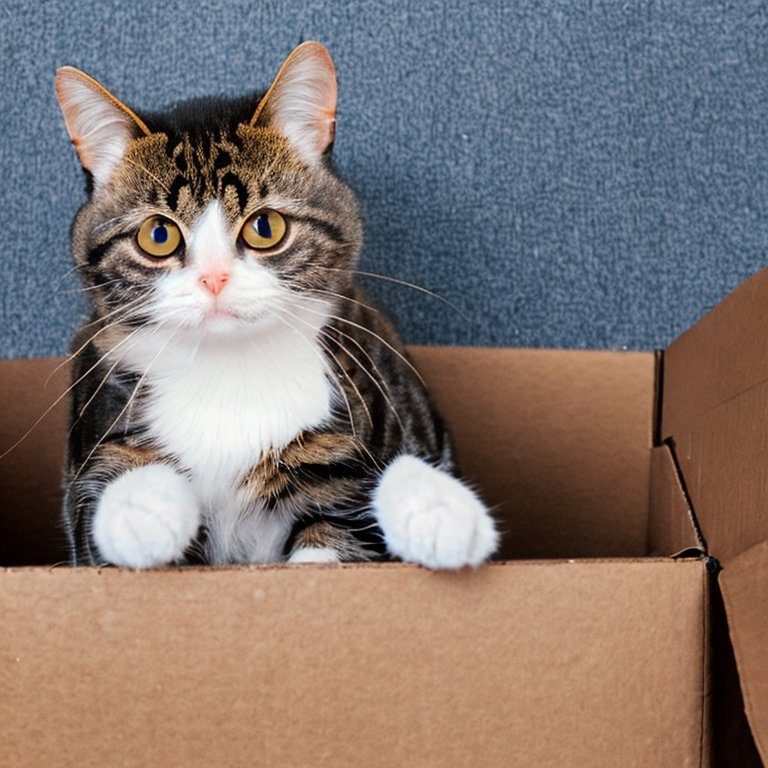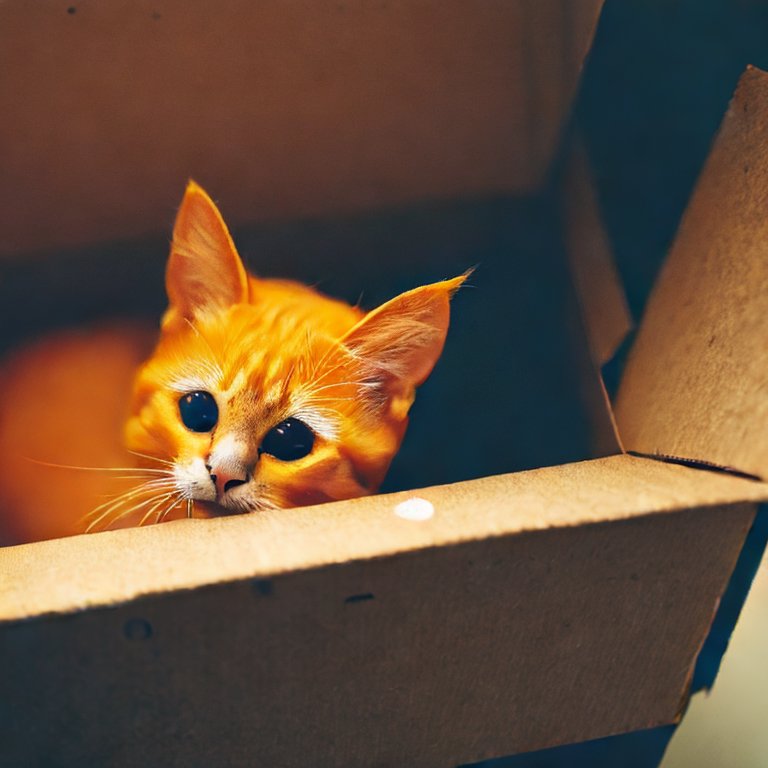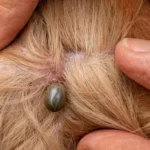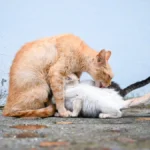Uncovering the Mystery: Why do cats love boxes so much? It’s a question that has puzzled cat owners for ages. There’s something fascinating about seeing our feline friends squeeze themselves into tiny spaces, whether it’s a shoebox, a cardboard package, or even a laundry basket. In this article, we delve into the reasons behind this peculiar behavior and attempt to shed light on the allure of boxes for cats.


The Instinctual Nature of Cats
Natural Predators and Hunters
Cats are instinctual predators with a strong hunting drive. Their ancestors in the wild relied on their hunting skills to survive. Even though domesticated, cats still retain these primal instincts. They have a deep-rooted need for security and territory, which influences their behavior in various ways.
Security and Territory
Cats seek out safe and secure environments to establish their territories. Enclosed spaces offer a sense of protection and privacy, allowing cats to feel secure and in control. Boxes provide them with an enclosed territory where they can observe their surroundings while feeling sheltered from potential threats.
Linking Instincts to Box Affinity
The affinity that cats have for boxes can be attributed to their instinctual nature. Boxes simulate the experience of a hidden den or a cozy nest in the wild. This association triggers their natural instincts and satisfies their need for security and territory which makes them like too small cardboard boxes.


The Appeal of Enclosed Spaces
Psychological Comfort
Cats are known for their love of comfort, and enclosed spaces like boxes provide them with a psychological sense of comfort. The confined space offers a cozy and snug environment, which helps reduce stress and anxiety. It creates a soothing retreat where cats can relax and recharge.
Safety and Protection
Boxes act as a physical barrier that shields cats from potential dangers. By curling up inside a box, cats create a protective shield around them, which helps them feel secure and less vulnerable. It gives them a vantage point from which they can observe their surroundings while staying hidden and protected.
Association with Warmth
Cats are attracted to warmth, and boxes often retain heat, making them even more appealing. When a cat enters a cardboard box or a bag, the enclosed space traps their body heat, creating a warm and cozy microclimate. This association between boxes and warmth further enhances their appeal to feline companions.
Curiosity and Playfulness
Innate Curiosity and Playfulness
Cats are renowned for their innate curiosity and playful nature. They have an insatiable desire to explore their surroundings and investigate new objects. Boxes, with their mysterious and enclosed spaces, present an irresistible opportunity for cats to indulge their curiosity.
Exploration and Stalking
Boxes offer a perfect setting for cats to engage in playful behaviors such as exploration and stalking. The confined space allows them to hide and observe their surroundings without being detected. It becomes a little adventure where they can pounce, leap, and engage their hunting instincts.
Hiding and Ambushing Prey
Cats are natural predators, and hiding is an essential hunting technique. Boxes provide a ready-made hiding spot for cats to practice their stalking skills. By concealing themselves inside a box, they can patiently wait for unsuspecting prey or even their human companions to pass by, giving them the element of surprise and this is why cats like to sit in small cardboard boxes or bags.
Ownership and Territory
Territorial Behavior
Cats have a strong sense of ownership and territory. They mark their territories to establish a sense of control and familiarity. This behavior is deeply ingrained in their instincts and is crucial for their well-being.
Defined Territory
Boxes offer cats a clearly defined territory within the larger space they inhabit. When a cat occupies a box, it becomes their personal domain, a safe haven that they can claim as their own. It provides them with a tangible boundary that they can defend and feel a sense of ownership over.
Scent-Marking Behavior
Cats have scent glands in various parts of their bodies, and they use these glands to mark objects and spaces with their unique scent. Boxes serve as a perfect canvas for cats to engage in scent-marking behavior. By rubbing against the box’s edges or surfaces, cats leave their scent behind, further reinforcing their ownership and territorial claim.
Sensory Stimulation
Sensory Experience
Boxes offer cats a multi-sensory experience. The enclosed space creates a sense of intimacy and focus, heightening their sensory perception. Inside a box, cats can concentrate on the sounds, scents, and movements in their immediate vicinity, enhancing their overall sensory stimulation.
Reduction of External Stimuli
Boxes act as a shield, reducing external stimuli that may be overwhelming for cats. They provide a secluded space where cats can retreat and find respite from excessive noise, bright lights, or other stimuli that might cause stress or anxiety. This controlled environment helps create a sense of calm and relaxation.
Heightened Senses and Preference for Controlled Environments
Cats possess highly developed senses, including acute hearing, sharp vision, and a keen sense of smell. These heightened senses make them more sensitive to their surroundings. Boxes, by limiting external distractions and focusing their attention, cater to their preference for controlled environments that allow them to fully engage their senses.
Conclusion
The mystery of why cats love boxes so much can be attributed to their instinctual nature and the various benefits that enclosed spaces provide. Boxes offer a sense of security, privacy, and warmth that aligns with cats’ natural instincts. Understanding their affinity for boxes allows us to provide them with a comfortable and enriching environment. So, next time you see your cat curled up inside a box, you’ll know that they have found their own little haven. Embrace their peculiar behavior and provide them with boxes to enhance their well-being. After all, every cat deserves a cozy spot to call their own.
Frequently Asked Questions About Cats’ Attraction to Boxes
Why do cats love boxes so much?
Cats have a natural instinct to seek security and territory, and boxes provide them with a confined space that fulfills these needs. Boxes also offer a sense of safety, warmth, and psychological comfort for cats.
Are all cats attracted to boxes?
While the majority of cats are drawn to boxes, individual preferences may vary. Some cats may show more interest in boxes than others, but it is a common behavior observed in many feline companions.
Can any type of box attract cats?
Cats are not particularly picky when it comes to boxes. Whether it’s a simple cardboard box or a fancy cat-specific enclosure, the enclosed space is what appeals to them. However, it’s essential to ensure the box is safe and free from any potential hazards.
How can I encourage my cat to use a box?
To encourage your cat to use a box, you can try placing treats, toys, or a soft blanket inside the box to make it more appealing. Additionally, positioning the box in a quiet and comfortable area can entice your cat to explore and use it as their personal space.
Are there alternatives to boxes that cats may enjoy?
While boxes are a popular choice, there are alternative options that cats may enjoy. Cat beds, cozy hiding spots, or even specially designed cat furniture with enclosed spaces can provide similar benefits and cater to their instincts for security and territory. Experimenting with different options can help you find what your cat prefers.









